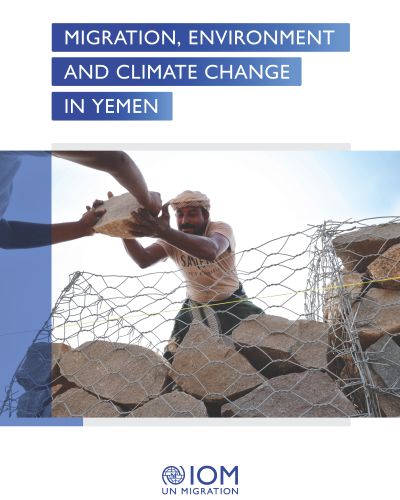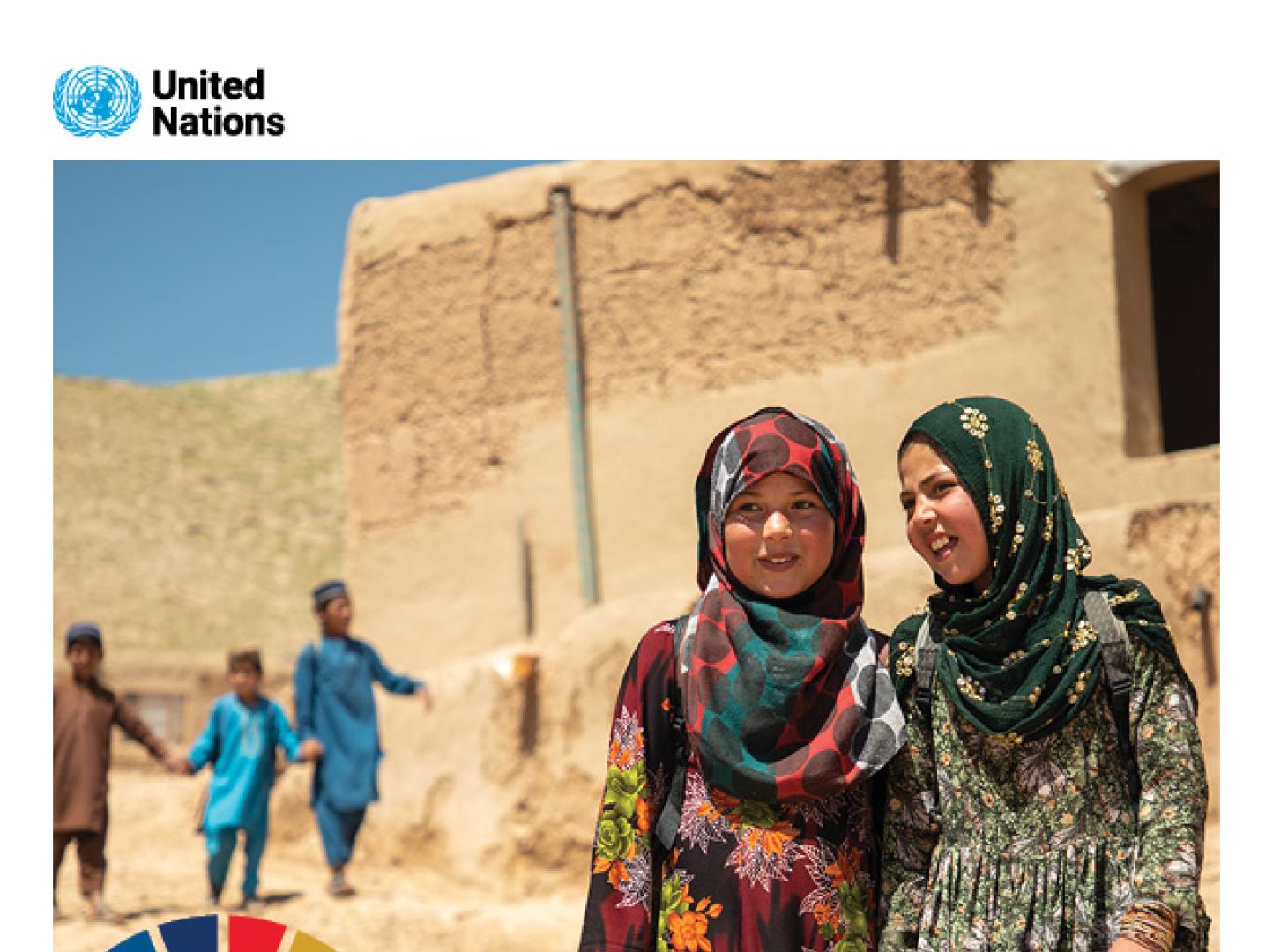IOM Yemen: MIGRATION, ENVIRONMENT AND CLIMATE CHANGE IN YEMEN

EXECUTIVE SUMMARY
The Middle East and North Africa (MENA) region, characterized by its aridity, water scarcity, rapid urbanization, and vulnerability to climate change-induced natural hazards, faces significant challenges that directly impact human mobility. Existing conflicts further complicate these conditions. Within this context, the International Organization for Migration’s (IOM) Regional Office for MENA in coordination with IOM Yemen Country Mission undertook desk and original research to support the development of this empirically informed Migration, Environment, Climate Change (MECC) country report on Yemen to inform policy discussions and interventions. This report examines how climate change, environmental changes, and human mobility are interconnected. It responds to the need for policies based on solid evidence, backed by the IOM’s dedication to the Global Compact for Safe, Orderly, and Regular Migration (Global Compact for Migration) and the United Nations Secretary‑General’s Action Agenda on Internal Displacement.
To deepen the empirical data available on these dynamics and their intersection with human mobility, this study leveraged a qualitative mixed-methods approach, integrating 30 key informant interviews (KIIs), focusing on personal, organizational and community-level experiences related to climate adaptation, with findings from 10 focus group discussions (FGDs). The latter explored collective decision-making processes regarding mobility, influenced by environmental changes and other insecurities, with groups representing diverse demographics, including age, sex, ethnicity and livelihood. Collaboratively developed semi-structured protocols guided the data collection process to gather insights on existing initiatives, individual and institutional responses, and programming needs related to environmental and climate challenges as they intersect with human mobility and conflict dynamics.
Analysis used inductive thematic coding to ensure the integrity of the responses, revealing patterns that underscore the critical climate events, successful adaptation programmes, and areas needing enhancement. Limitations include constraints due to the underrepresentation of Muhamasheen and transiting migrants. Additionally, the qualitative approach – focusing on fewer data points and greater depth – may limit the generalizability of insights across diverse groups and contexts within the country.






